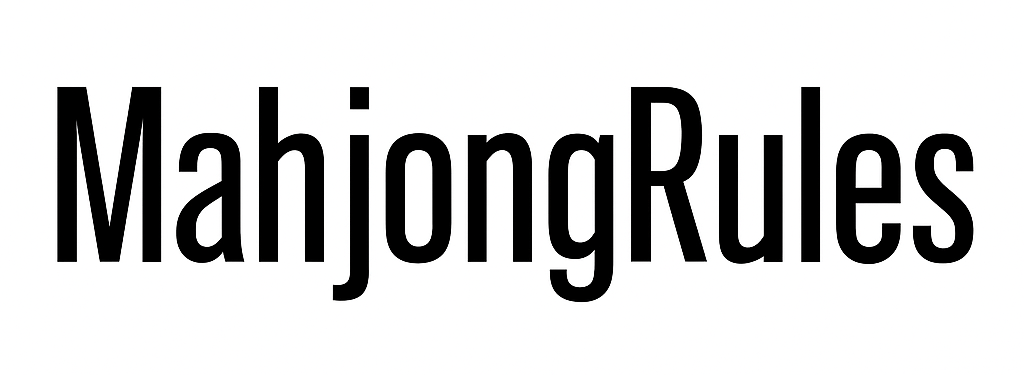Welcome to the Mahjong Rules glossary – your quick-reference guide to all the weird, wonderful, and downright confusing lingo in the world of mahjong. Whether you’re staring at your first wall of tiles or just trying to remember what a “pung” is, this list is for you.
Each term is explained in plain English, with a bit of extra personality from Connor – our resident mahjong nerd – who’s made all the rookie mistakes so you don’t have to. Don’t worry if the words feel foreign at first. After a few games, they’ll feel as natural as shouting “Mahjong!” when you win.
Charleston: A passing phase at the beginning of American mahjong. Think of it as a warm-up trade.
Joker: A wild tile used in American mahjong. Extremely powerful but can’t be used just anywhere.
Pung: Three identical tiles. If you get this and call it fast enough, you can score serious points.
Chow: A straight of three tiles in the same suit. Common in Chinese and Japanese games.
Kong: Four of a kind. Very strong, but risky if you expose it too early.
Riichi: A call made in Japanese mahjong to declare you’re one tile away from winning. It’s a flex and a gamble.
Wall: The face-down tiles forming a square on the board. You draw from it during gameplay.
Discard Pile: The graveyard of your tile mistakes. Just kidding. It’s where players place their thrown-away tiles.
These might sound confusing at first, but after a few games, they’ll become second nature – like ordering coffee in a foreign country after a week.
